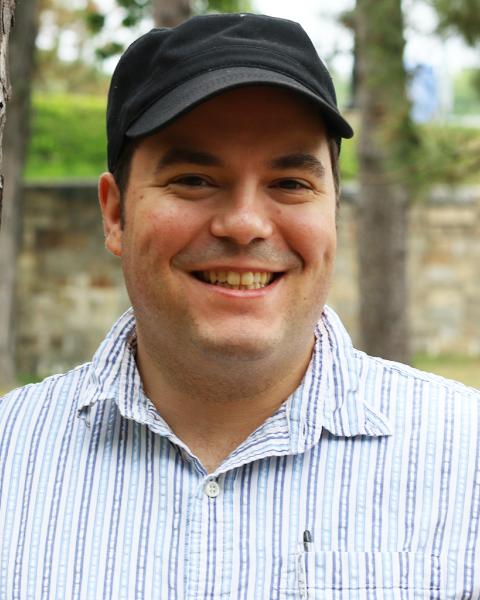STEM Fellowship Program Yields Big Impacts
Termites are tiny pests with a big appetite. But, as students in the Agnes Lindsay STEM Fellowship Program learned on a recent Thursday afternoon, inside every termite are even tinier microorganisms that help the insect digest wood.
“This is so cool,” said Omaima Serhan, a sophomore at Manchester West High School as she looked through a microscope and tried to separate a termite’s head and abdomen. “I never saw myself doing anything like this … but the fact that I want to be a biology major in college and can get a head start by doing this is super cool.”
Serhan is one of this year’s class of Agnes Lindsay Fellows. The program recognizes and supports the development of talent among Manchester School District high school students, particularly students who are underrepresented in the science, technology, engineering and math (STEM) fields. This year’s fellowship is a partnership between the STEM Discovery Lab at UNH Manchester and West High School.
Each Thursday, the fellows gather at the UNH Manchester for workshops led by UNH faculty. The program also includes project-based and UNHM student-mentored experiences throughout the school year. Students receive high school credit for the program, complete research projects and get a sneak peek at their futures. The fellowship is sponsored by the Agnes Lindsay Trust.
A workshop in October found the fellows learning about microorganisms. Kyle MacLea, an assistant professor of biology at UNH Manchester, provided the fellows with an overview of how microorganisms impact humans every day. After an initial discussion that covered everything from, in MacLea’s words, the “soft rain of microorganisms around us in the air right now” to the beneficial organisms found in the GI tracts of cows, horses, rabbits and humans, the students had a chance to see some microorganisms up close.
They did so by dissecting termites. Trichonympha and other organisms live inside the insect’s gut and digest wood particles. Without the organisms, termites couldn’t digest wood; without the termites, the organisms wouldn’t receive the nutrients they need from the wood. After a brief demonstration from MacLea, Serhan and her peers set about the difficult task of securing a termite from the sample container, dissecting it, and viewing the microorganisms.
“I’m really fascinated by organisms and just life in general, and I want to understand it more,” Serhan said.
The Agnes Lindsay Fellowship gives students a chance to see what the STEM fields have to offer. West High School sophomore Noah Orr thought the termite lesson was cool, but he was more excited about a previous lesson on engineering, taught by Sean Tavares, an assistant professor of mechanical engineering technology.
“One of the goals of the program is to expose students to different fields in STEM and the types of research that are happening in those fields,” said Emily Kerr, STEM Discovery Lab coordinator. “Even if it’s not a field in which they are particularly interested, they are seeing connections between different fields and are writing about that in their reflections.”
In the lab, West High School senior Justus Ogunsuyi noted that his interests in STEM have shifted from engineering to biology.
“To be able to see the termites under the microscope is awesome,” he said. “I’m planning to major in biology, and then go to medical school to become a doctor. I like researching, investigating, and answering questions.”
Previous fellowship sessions this year included a look at marine science with UNH Cooperative Extension dean and director Ken La Valley and STEM Docent coordinator Megan Glenn, a workshop on engineering and homeland security with Sean Tavares and James Ramsay, a session on computer science with Mihaela Sabin and a class on library research with Carolyn Gamtso. Tavares, Ramsay, Sabin and Gamtso are all UNHM faculty members. During the spring semester, fellows will begin work on a research project and meet regularly with their UNHM student mentors. The fellows will present their projects at the Undergraduate Research Conference in April.
“One of the things I love about this fellowship program is that it involves high school students, UNHM students and faculty and faculty from West High School,” Kerr said. “There are a lot of great connections being made.”
For students like Serhan, the weekly workshops have resulted in one exciting experience after another. At her microscope, she exclaimed excitedly as she dissected the termite, and then began searching for microorganisms. It was a small moment, but one with a big impact — not unlike trichonympha.
“There are so many questions and so many answers waiting to be found,” Serhan said. “And I want to be part of finding those answers.”
